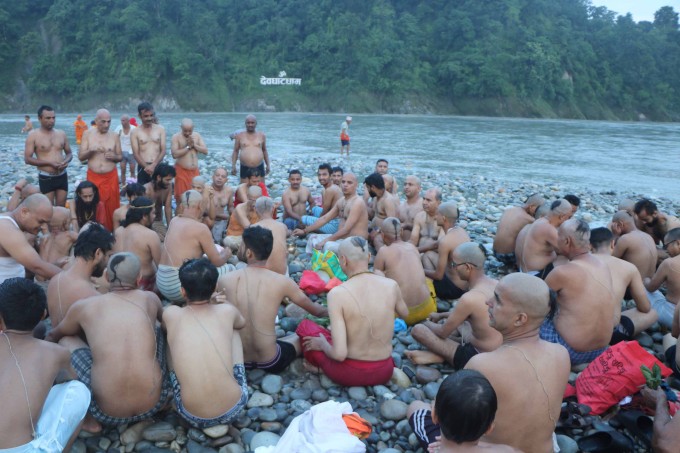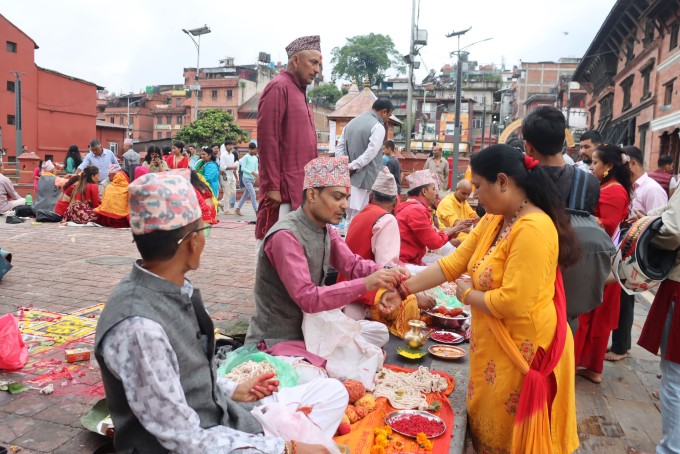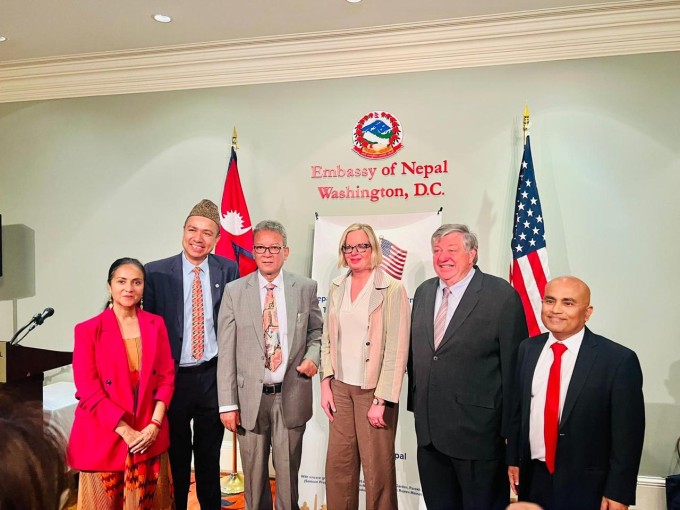Kiran Nepali, a well-known Sarangi player, came up with ‘Project Sarangi’ to save folk music in the nation.
Nepal’s folk music stands for Nepali history and tradition but with western music gaining popularity, folk instruments are left behind.
As folk music has lost touch in modern society, Project Sarangi strives to teach the younger generation about the joy and beauty of Nepali music and instruments.
Trying to uplift the dying art form of traditional Sarangi, Project Sarangi runs classes, campaigns in different schools and colleges, and events.
Sarangi is a short-necked string instrument used in both Nepali and various other Asian folk or classical music. One of the varieties of Sarangi found in Nepal is a bowed, hollowed instrument made of a single block of wood and attached with four strings.
It is said that the Sarangi produces a range of sounds similar to the vocals.
Nepali started the project with the hope of saving not only Sarangi but also Nepali folk music in the commercialised world of music.
Nepali, a professional Sarangi player and also a member of Kutumba — a popular Nepali folk band — took inspiration from his own journey to keep the art form alive.
Nepali says, “We live in a country full of diversity and it has its own beauty. And, I feel blessed to have come from the Gandharva family. My ancestors have been playing the Sarangi for many years. I am glad to follow the lineage and bring a revolution to it. But with the changes in society and its socio-economic factor, many left Sarangi behind. Sadly, I was one of them.”
After 23 years, Nepali got back to Sarangi. Once, he had picked guitar as his instrument, but his roots and courage brought him back to his culture.
Nepali says, “I had to leave music behind as my dad did not want me to be a musician believing that there was no future in the Nepali music industry. But now, I am running a project for folk music using my marketing skills.”
With the thought of approaching the younger generations with the beauty of the instrument and after doing research on his ancestors, and the evolution of the instruments, Nepali wants to encourage people to learn Sarangi, in and out of the country.
According to Nepali, there are also a few downsides of the traditions. He says, “When I suggested that my elders teach Sarangi to the world they were not very happy about it as they believed the history allocated only the people from Gaine or Gandharva community for occupational musicians who were to be a medium of conveying messages and entertaining. And traditionally, Sarangi was the choice of instrument for them to complement their storytelling songs. They wanted to follow the tradition, but I want Sarangi to be a national symbol.”
Reaching out to younger generations who are influenced by western culture is not an easy task, Nepali says and adds that he is taking one step at a time to approach them. “This project is close to my heart and I knew it was not going to be an easy task. We are making Sarangi and trying to give options from low price to high. We are doing experiments on delivering good quality at an affordable price as well. On the other hand, we are trying to reach out to numbers of schools and colleges to encourage to have Sarangi classes.” says Nepali.
Moreover, to make it appealing to people, and make them feel connected to the folk instrument, Nepali has been organising seminars and concerts to show what folk music can be. he says, "Through the 'Project Sarangi', we not only teach to play the instrument, but we also try to show what it can be. When people used to ask me what progress would happen after their children learnt the instrument. I did not have any answer then, but now we have come up with different events such as ‘Sarangi Bhela’ where all the folk musicians and upcoming artistes come together to share their stories and inspire people. Project Sarangi also collaborates with different music venues and restaurants, where we give an artist a platform to earn money.”
So, Project Sarangi does not only focus on uplifting folk music and instruments but also on the artistes. It creates platforms for those who choose folk music as their way of living.
Nepali says, “I want folk music, and the instrument to be a symbol of identity to all the Nepalis out there. And Project Sarangi is making preparations to focus on Sarangi through virtual classes, and workshops. Hopefully, we can bring Sarangi to the limelight in the music industry of Nepal and the whole world.”
READ ALSO:







